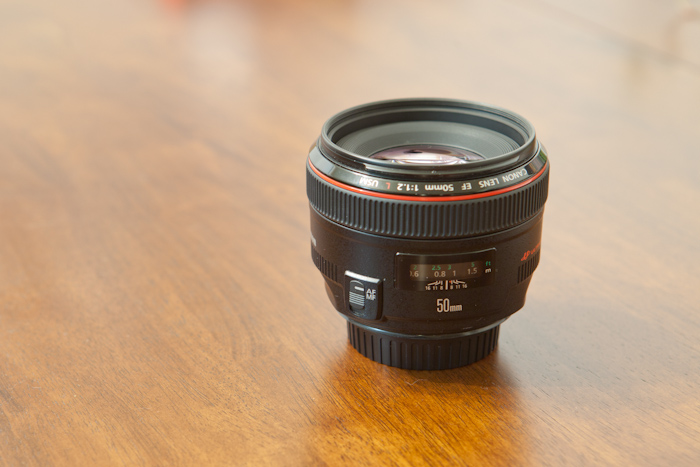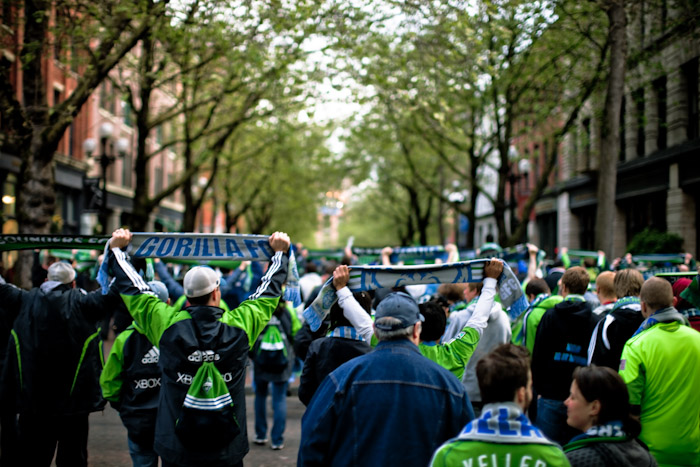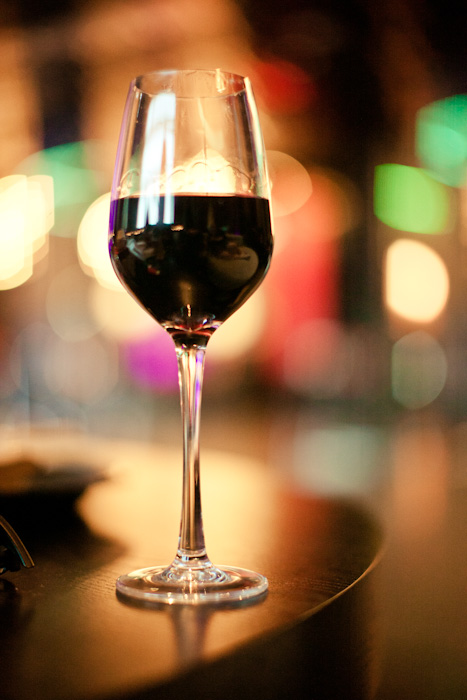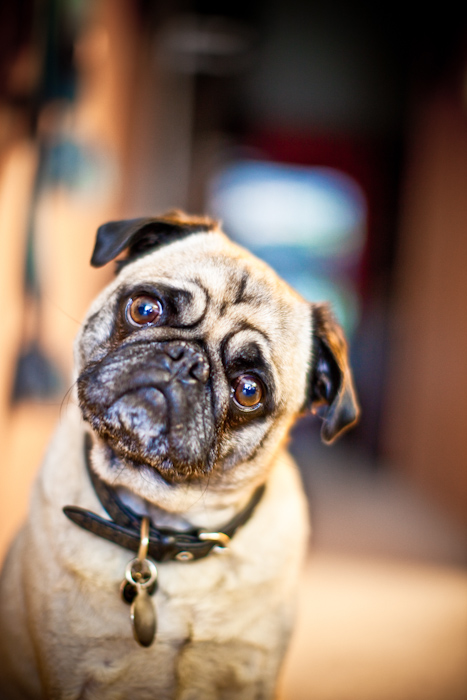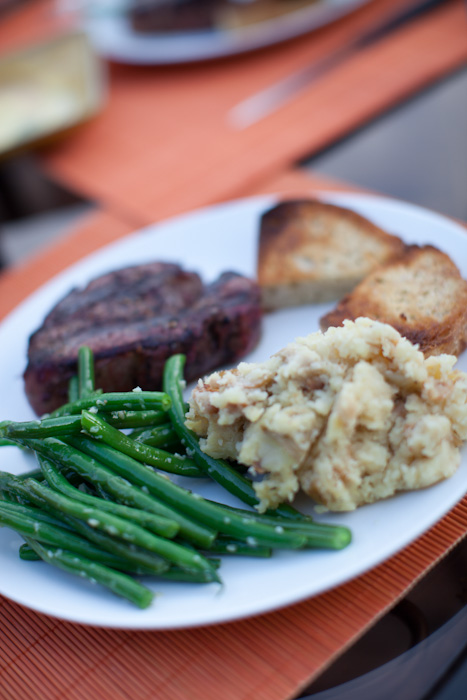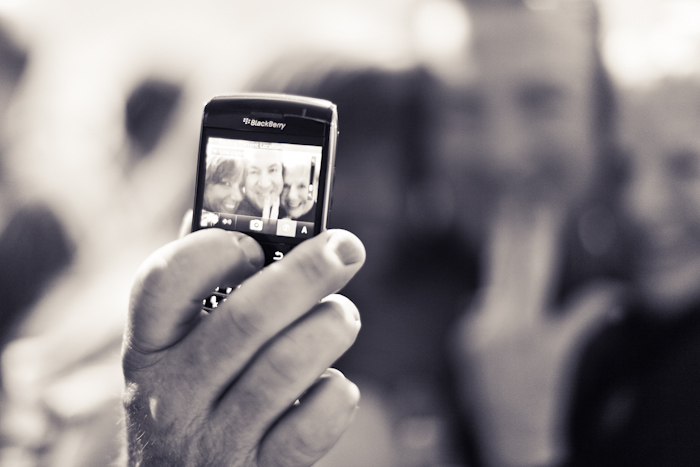We all love a 50mm lens. It’s the closest field of view to what the human eye sees therefore we can relate to the images it creates much more than any other lens. Heck, we like them so much, Canon has made 3 different ones to choose from. You’ve got the baby bear EF 50mm f/1.8 II, momma bear EF 50mm f1.4 USM
, and then there’s the big daddy 50mm f/1.2 L USM Lens
, the pièce de résistance of Canon’s 50mm lens lineup. With there being such a drastic difference in price, is the big daddy version really worth it? Continue on and we’ll find out.
Editor’s Note: This is a guest blog posting by Travis Lawton, the Lawtographer
One of the first lenses that people purchase for their DSLR beyond the kit lens is the 50mm f/1.8 lens. It’s super cheap and gives you great images for that price. However, there are reasons why it’s so cheap; it’s not the sharpest lens wide open, no Ultra Sonic Motor, not very pleasing bokeh, not to mention the thing feels like it will fall apart in your hands. You can step up to the f1.4 version which will up the build quality greatly as well as throw in that Ultra Sonic Motor but what if those improvements aren’t quite enough? Enter the big daddy.
Tech Specs
Focal Length: 50 mm
Aperture:
- Maximum: f/1.2
- Minimum: f/16
Camera Mount Type: Canon EF
Format Compatibility: 35mm Film / Full-Frame Digital Sensor Canon (APS-C)
Angle of View: 46°
Minimum Focus Distance: 1.5′ (45 cm)
Magnification: 0.15x
Maximum Reproduction Ratio: 1:6.6
Groups/Elements: 6/8
Diaphragm Blades: 8
Image Stabilization: No
Autofocus: Yes
Tripod Collar: No
Filter Thread: 72 mm
Dimensions (DxL): Approx. 3.4 x 2.6″ (8.64 x 6.60 cm)
Weight: 1.30 lb (590 g)
Ergonomics
Pugs have long been referred to in china as ” a lot of dog in a little space” meaning they are very solid dogs. That is what I think about the 50mm f/1.2 L (unsurprisingly, I own a pug also). This thing is a beast. The bonus is that when you buy it, you’re also buying a weapon to knock would-be thieves out cold if need be. At only 3.4 inches long, Canon has managed to cram 8 different pieces of glass in there, resulting in the hefty 1.3 pound lens.
The upside to this is the build quality. It feels like a tank in you hand; like you could drop it to the ground and nothing would happen (please, please don’t try that though). This lens is about 180º opposite the 50 f/1.8 in this department.
On the top of the lens, you’ll find the standard AF/MF switch next to the distance scale complete with depth of field scale. I don’t ever use the depth of field scale so I can’t comment on how accurate it is. That being said, the depth of field scale marks out points for f/8, f/11, and f/16, and let’s be honest, no one is buying this lens to use it at those apertures. For that bokelicious sundae with sprinkles on top, we want to shoot wide open (or very close to it).
Next on the lens we have the focusing ring. Nothing too special here however I will say it has a very nice amount of resistance to it. Easy to manually move but you feel confident that you won’t lose an image due to the focus accidentally changing. And of course right above this is the glorious red ring that has become the trademark of the proudest of Canon photographers.
A small feature that hardly ever gets recognition, but could save you a lot of money down the road, is the weather sealing. When using with a properly weather sealed camera, you can be assured that light rainfall isn’t going to fry your equipment. This seems like such a trivial feature until that time when you’re shooting outside and the rain picks up and instead of having to pack up your gear and calling it a day, you can keep on shooting.
Focusing
I’ve found the focusing to be very accurate with this lens. I haven’t had to microadjust since day one out of the box. It’s also a speed demon in this area. Achieving focus is quite fast and a satisfying change from other lenses. This has come in quite handy when photographing concerts with extremely dark venues where I needed the super wide aperture.
Just as Chris mentioned in his review of the Canon 50mm f/1.4 Longterm Review, if shooting wide open or close to it, pray that your subject isn’t moving toward or away from you. Sometimes I feel like shooting wide open with this lens gives you about a human hairs length of depth of field. Now, of course, it isn’t quite that bad but I can say that while handholding the camera, taking something like headshots and focusing on the eyes, you’ll end up needed to chimp the images a bit to make sure you nailed the focus.
Bokeh
Since we’re talking about depth of field a little, how about we take a moment to discuss the bokeh that can be achieved with this beauty. This lens opens up all the way to f1.2, let me say that again, F1.2! As previously discussed, this gives you a razor-thin depth of field but the trade-off is gorgeously blurring backgrounds. Say you’re taking some pictures, maybe in a darker setting, and there’s some lights off in the distance; stop this baby down, focus on the subject in front of you and hit that shutter. Wow! Using this lens in this matter instantly gives your images that extra something. Perfectly isolating your subject from the background while giving you that pop that is seen in professional images.
Truth be told though, you can’t use this lens at its widest aperture all the time. Animals, activities, automobiles, anything moving and you’ll have a pretty good possibility that it will be out of focus.
Image Quality
This lens, more than any other I own, seems to reproduce exactly what I remember from the moment. Many times I look at an image I’ve shot with a different lens and I think, “That’s not how I remember it”. This is where you have to post process more to get the image looking more like your brain remembers it. The 50 f/1.2 L is excellent at capturing the moment without the need for much retouching. For me, this have been evident by far by using it several times for concert photography. Concerts always have so much mood on stage (not to mention quite complex lighting) that most cameras/lens just kill. Shoot a concert with the 50 f/1.2 L with no flash and 3 years later you’ll look at the images and be taken right back to that day, exactly as it looked in your memory.
Although I generally use a different lens when shooting people, I know this lens is some portrait photographer’s bread and butter. Skin color is reproduced very accurately and is quite sharp (more on this in a bit). It’s nice to shoot an image of a person and feel confident they won’t come out looking like an alien or Snookie from The Jersey Shore.
The lens isn’t 100% perfect as it does have the slightest bit of distortion as well as a minor amount of vignetting. Whenever I shoot with this lens, I generally import all my images into Lightroom, click the first image and apply Lightroom’s Lens Correction Profile and then sync that setting to all the other images. Lightroom’s profile for that lens is spot on and will take that slight distortion and vignetting right out. I have yet to experience any sort of chromatic aberration or color fringing with this lens.
As I’ve shot many dimly lit venues with this lens, I’m constantly shooting with my ISO at 3200, 6400, and sometimes even beyond. With very slight tweaking in Lightroom to handle the noise and sharpness, I come out with very usable images. Above 6400 does require you to know the final image will be the gritty/grimy noisy kind of image (and probably in black and white).
Sharpness
Many lenses are notorious for being “soft” while shooting at their maximum aperture. You’ll read several things that tell you if you want your images to be as sharp as possible, you have to stop it down a bit. I have two things to comment on about this school of thought. One, is shooting wide open really so soft that it will ruin an image? And two, this is an area where the 50 1.2 does quite well. When comparing an image shot at f/1.2 to an image shot at f/2, the f/1.2 image is very slightly not as sharp as the other but in no way an unusable image.
Let’s run the gamut of f-stops and see if there’s a large difference in sharpness on the images. Just like Chris’ test of the 50 1.4, these were shot using a tripod, using the camera in Live View to alleviate mirror slap. A two second delay was used to there was not camera shake due to pressing the shutter. Images shot at ISO 200, set in Aperture Priority so the camera would decide the shutter speed to use. These images also do not have any lens correction enabled. Click to enlarge.
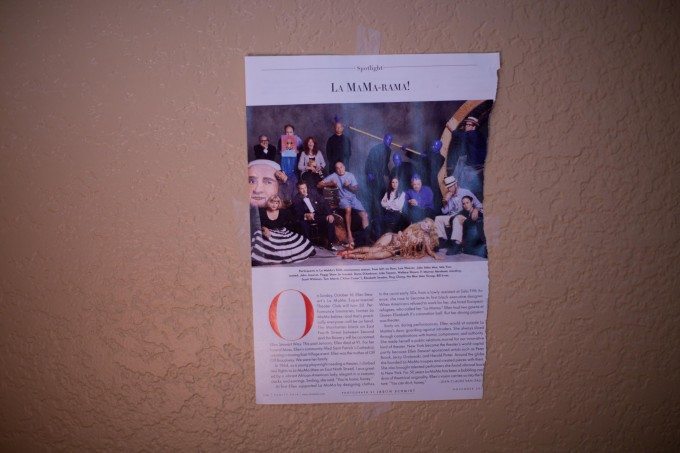
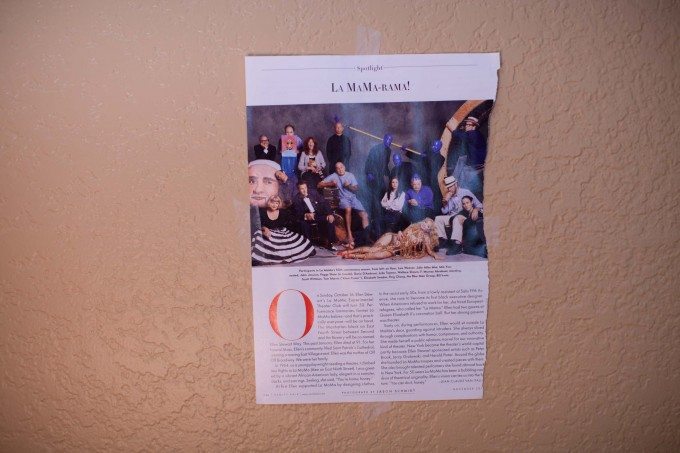
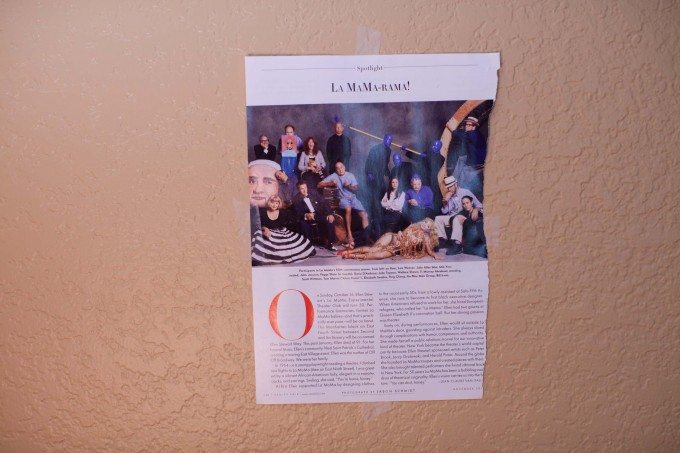
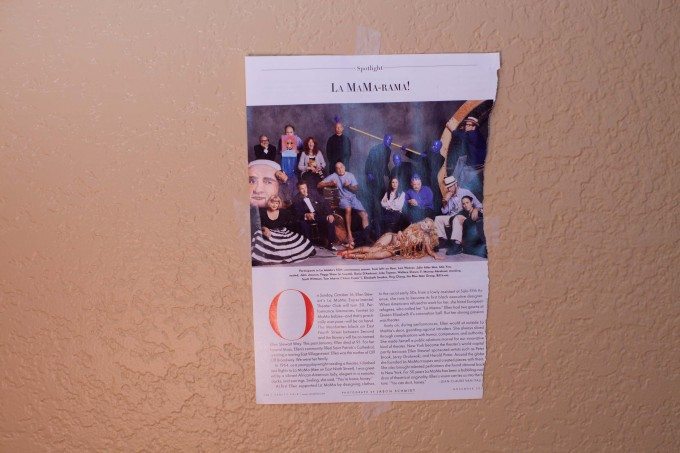
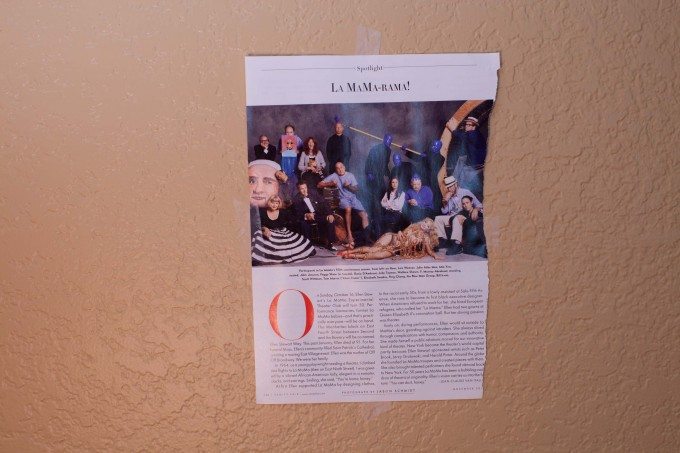
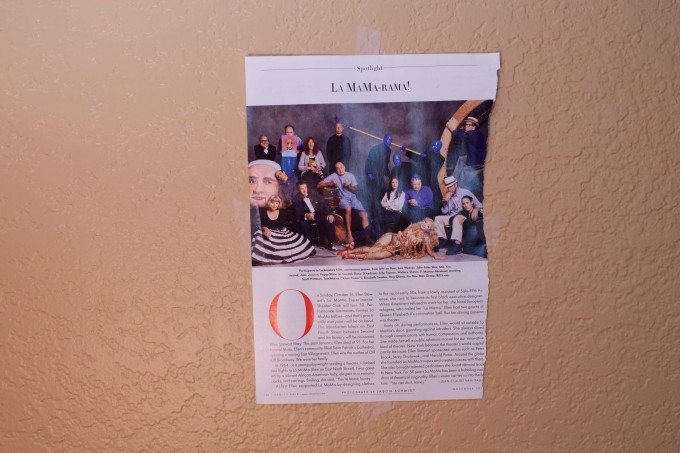
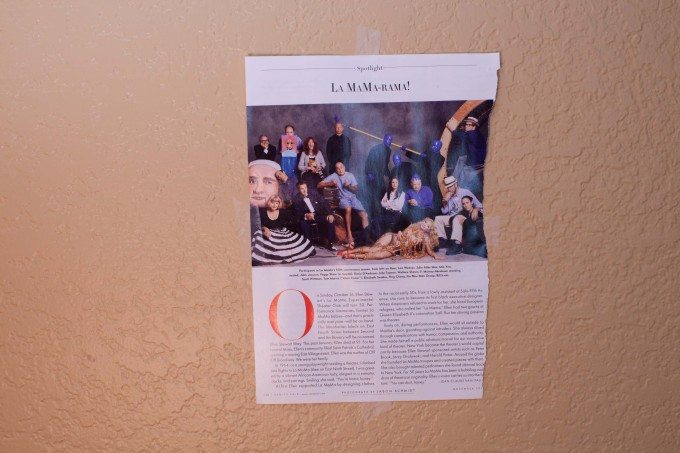
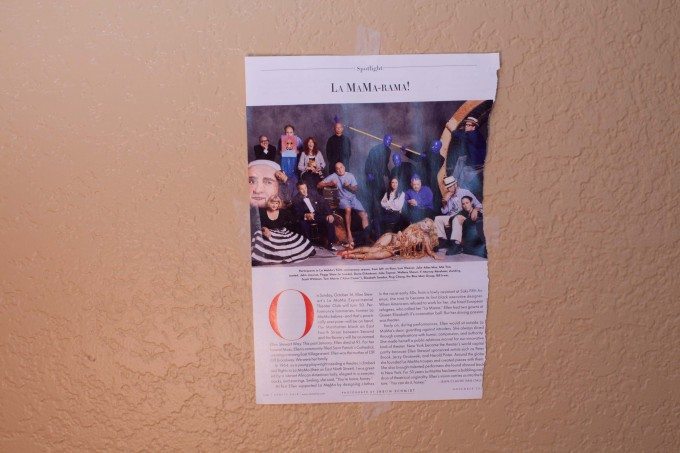
Conclusion
This lens is expensive. It’s a lens that you have to put serious thought into deciding whether it’s right for you. This is made even more difficult by the fact that there are two other versions of the 50mm focal length to choose from. However, there’s a reason why it costs what it does. It’s a professional grade piece of equipment from Canon. This is a lens that you will buy and own for the rest of your career (or life if you don’t sell it).
When buying this lens, other than getting the 1.2 aperture, you’re actually purchasing piece of mind. Peace of mind that your images will come out sharp as possible no matter what aperture you use. Peace of mind that your colors and contrast will come out as perfect as possible. Peace of mind that you aren’t going to have to buy all new gear if it starts drizzling while outside. Peace of mind that it’s not going to break on you for no reason. And last but not least, peace of mind that you’re getting the best 50mm lens that Canon’s engineers can make.
I’ve owned this lens for about 2 years now. Before this one I owned the f1.4 version, and before that I owned the 1.8 version (two in fact). Although it was a tough pill to swallow in the pocketbook, I am still thoroughly pleased with my purchase and haven’t regretted it for a minute since (well maybe right after pressing the “Confirm Order” button on Amazon, but only briefly).
Please Support The Phoblographer
We love to bring you guys the latest and greatest news and gear related stuff. However, we can’t keep doing that unless we have your continued support. If you would like to purchase any of the items mentioned, please do so by clicking our links first and then purchasing the items as we then get a small portion of the sale to help run the website.


